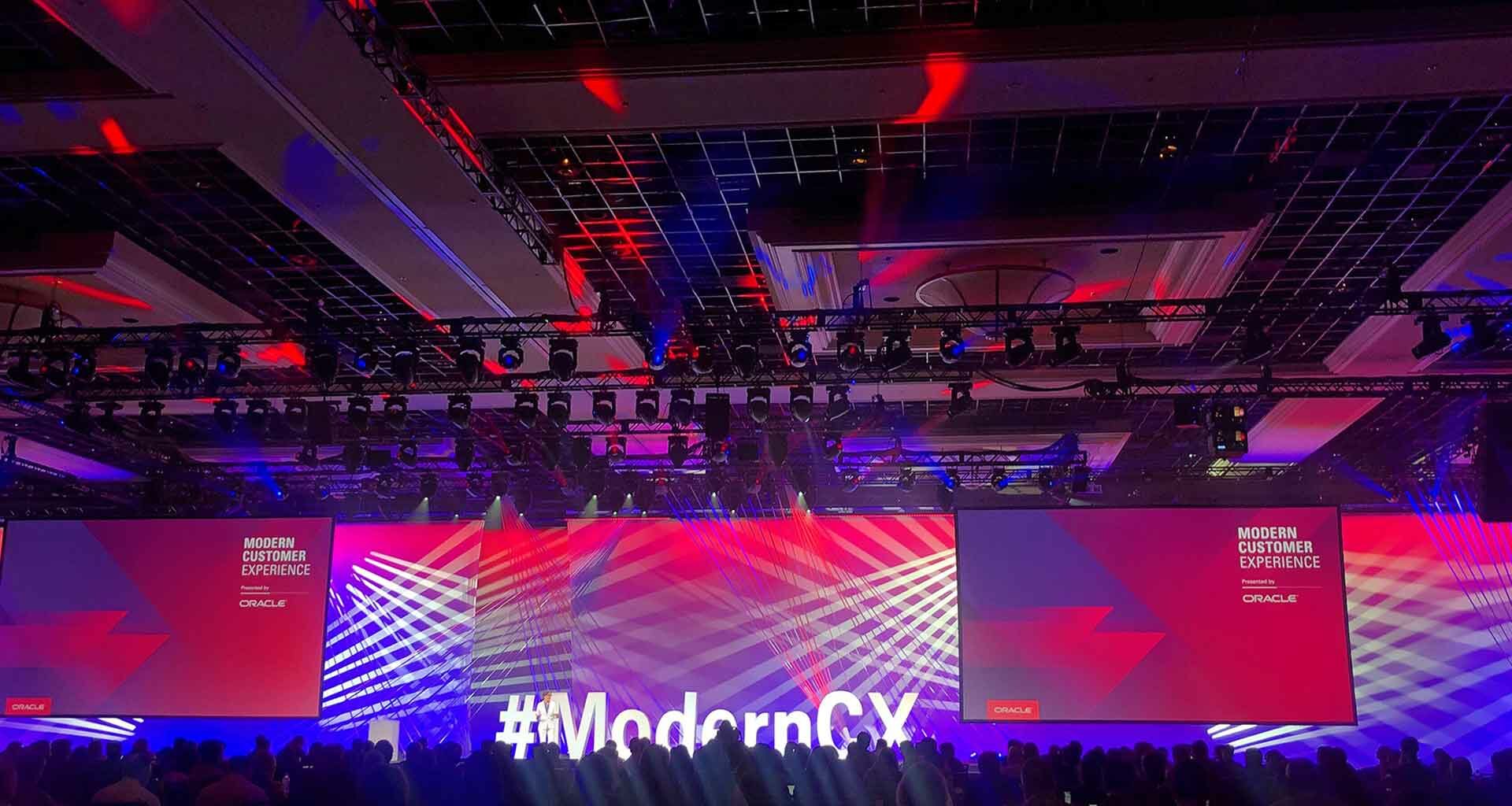Customer experience and customer data go hand in hand. Oracle is one company that made a clear statement on that when they added Oracle Data Cloud to Rob Tarkoff’s Oracle CX Cloud responsibilities.
Tarkoff joined Oracle almost 18 months ago as EVP and GM for the CX suite of products, after a long run leading social and customer community software vendor Lithium Technologies. Prior to that, he was with Adobe, but his background also includes work as a financial analyst for Goldman Sachs and a doctorate in law from Harvard. “I like to do new things,” he told me, when we sat down in New York recently to talk about the state of martech.
By Kim Davis
It’s been obvious for a couple of years now that the big players — Adobe, Salesforce, and SAP, as well as Oracle — have been in a race to figure out how the vast quantities of customer data they ingest can be used to support meaningful personalization throughout the customer lifecycle. How does Tarkoff view these developments?
The personalization piece
“Personalization has obviously been around for a long time, and the attempt to build complete 360-degree profiles is something marketers and CX professionals have been talking about as long as I’ve been in it,” Tarkoff said. “What’s new today is not just the ability to aggregate data sets, but the machine learning capabilities — the insights you can get on the fly, in real time.”
Tarkoff describes the Oracle CX customer data initiative, CX Unity, as a customer intelligence platform, or CIP. “It’s much broader than a CDP,” he said. On the one hand, he explained, you can have a solution specific to your marketing program, driving audience segmentation and retargeting.

On the other hand? “You can think about how to connect, more holistically, the experience across sales, service, commerce, and marketing. It’s that broader opportunity that we’re going after, and we think it ties well with where the market is going with CX.”
The holistic experience is only going to be possible, of course, if the individual customer profile can be tracked across the full CX suite. My perception has been that this has been challenging, especially for those suites built through acquisitions.
“Being able to enrich customer identity with all the known signals, across the entire journey, is not just a problem for our customers; it’s something Oracle has been working on, too,” Tarkoff said. “We sell to hundreds of thousands of customers, across a lot of different industries, buying a lot of different Oracle products. We’ve been working internally to understand the context all of our customers are operating in.”
Integrating the products in the CX suite is not the difficult part, according to Tarkoff. What’s difficult, he said, is understanding how to resolve identity and understand who you are talking to and their current situation as a customer.
The CDP hype cycle
“If you’ve been around long enough, you know that we often go into these hype cycles, and CDP is definitely in a hype cycle,” said Tarkoff. “As companies get into this, and understand what’s involved, it’s becoming a broader conversation than creating, at any point in time, a static representation of a customer.”
A lot of startups in the space, he said, have tried to reposition themselves as CDPs. “I’d probably do the same thing.” The question is whether the data can support real-time decisioning and actions. “If I don’t send the right signal to the application, at that moment,” he said, “well… you only get one chance to make a good first impression in CX. We’ve invested a lot in making sure we can do it well and at scale.”
Goodbye cookies, hello context
With all the concerns about privacy, and the notably poor quality of some third-party data, it’s understandable that businesses are turning to first-party data to support their personalization efforts. But can we really do without third-party data? For example, you might have my name, address, and credit card details, but it’s my online behavior that’s going to tell you I’m in market for a car or a vacation.
“The answer is, we can’t do without audiences,” Tarkoff said. “What’s the right way to identify audiences in a consent-driven, privacy-centric world? If third-party cookies are not the answer, what is?” It’s a challenge Oracle has been wrestling with for a long time, Tarkoff noted.
“What are the non-cookie-based ways we can accurately and compliantly identify potential audiences?” he asked. “We’ve been working on a robust ID graph that relies less on cookies than it had in the past.”
One alternative to the cookie approach is what Tarkoff calls contextual intelligence. In a sense, this has its roots in brand safety concerns — the need to avoid ads showing up in inappropriate contexts. “What about the more sophisticated ways of making sure my brand shows up at a suitable time?”
Tarkoff is describing the possibility of serving ads that reflect the context of a customer’s real-time online behavior. In other words, knowing a customer is consuming certain content at a certain time allows the delivery of contextually appropriate ads — without the need to accumulate data about their browsing history.
“If I’m an advertiser of sportswear, I want to show up to the person who is reading Sports Illustrated online. But it goes beyond that,” said Tarkoff. “It goes to images, video, and audio, and all the ways you construct this picture of the interest and appetite of the customer to consume a certain type of content. As machine learning gets better, we can do more sophisticated modeling of individuals based on contextual intelligence.”
Anticipating 2020
I asked Tarkoff what coming developments in CX and data have his attention. “For us, 2020 is the big rollout of CX Unity. We’re focused on connecting a lot of traditionally fragmented data points in the customer journey.”
In practical terms, that means a tighter integration between Oracle’s BlueKai DMP and CX Unity, so marketers can personalize much earlier in the journey from unknown to known. In 2020, the journey won’t just be enriched by searching and clicking, but by things like voice, bot interactions, and augmented reality, Tarkoff said.
“That is all part of what we call the experience economy,” he said. “Customers are the innovators, not companies, and you have to be able to understand how they want to interact with you.”
 As editor of DMN, Kim Davis covered everything from response marketing to CX to MarTech. But marketing trends, tech, and strategies aren’t his only interests. Davis also writes about dining, food and wine, and the arts in New York City and beyond. And, he has a Ph.D. in philosophy. Find him on LinkedIn and @KimDavis_
As editor of DMN, Kim Davis covered everything from response marketing to CX to MarTech. But marketing trends, tech, and strategies aren’t his only interests. Davis also writes about dining, food and wine, and the arts in New York City and beyond. And, he has a Ph.D. in philosophy. Find him on LinkedIn and @KimDavis_
This article originally appeared in MKTGInsight.













